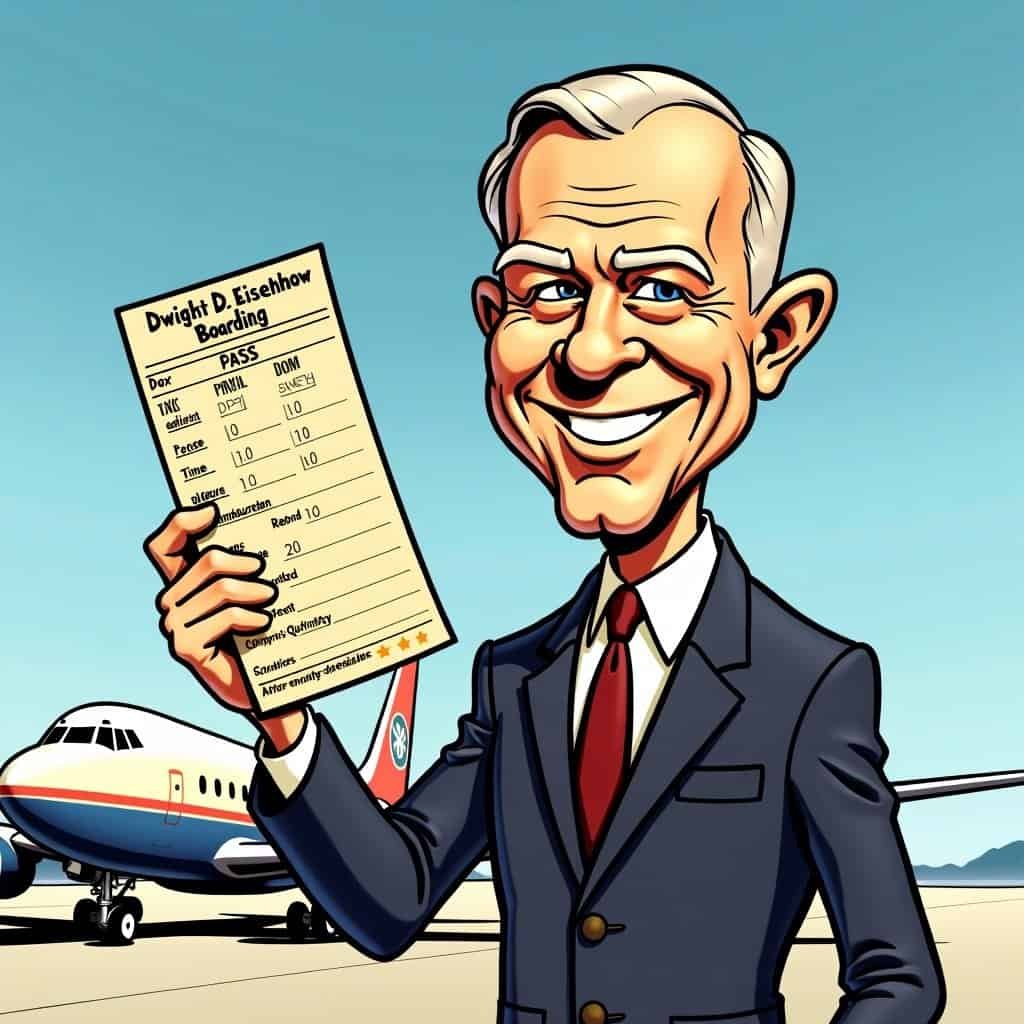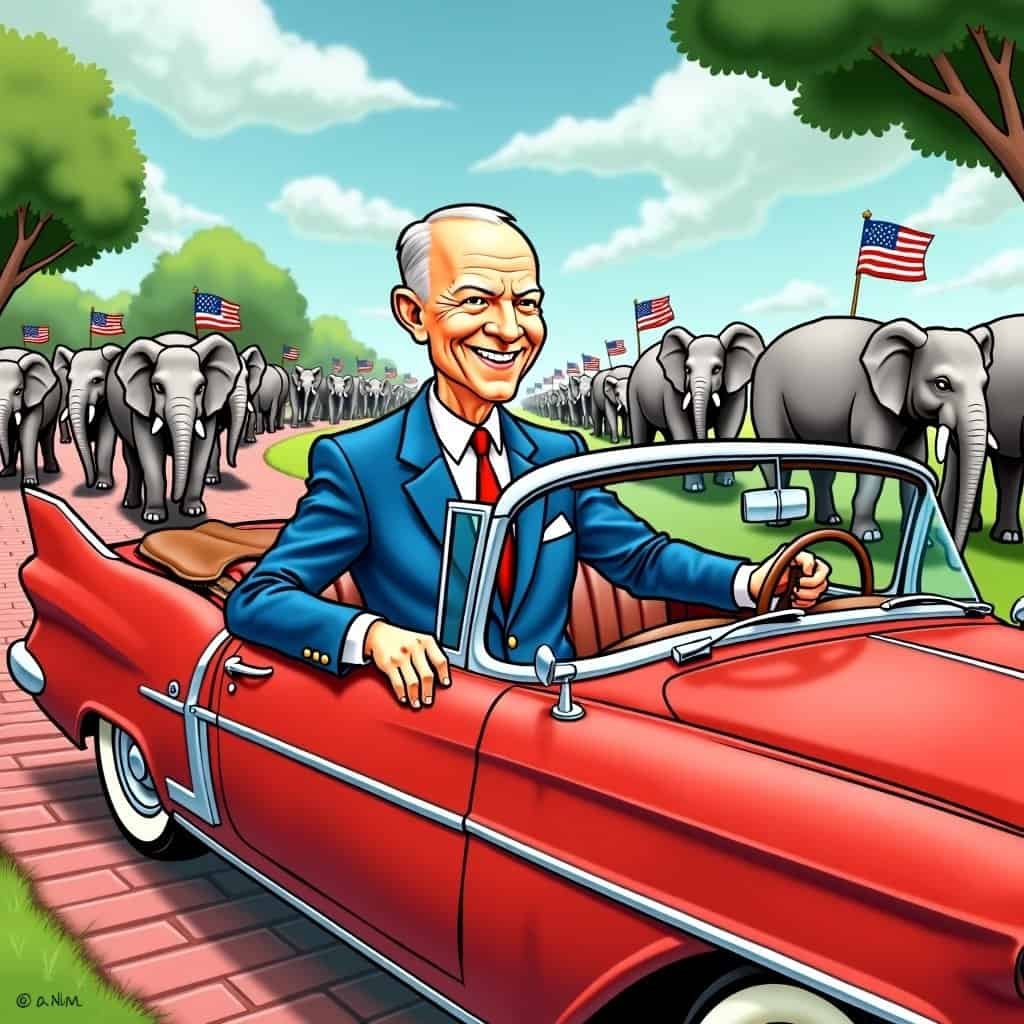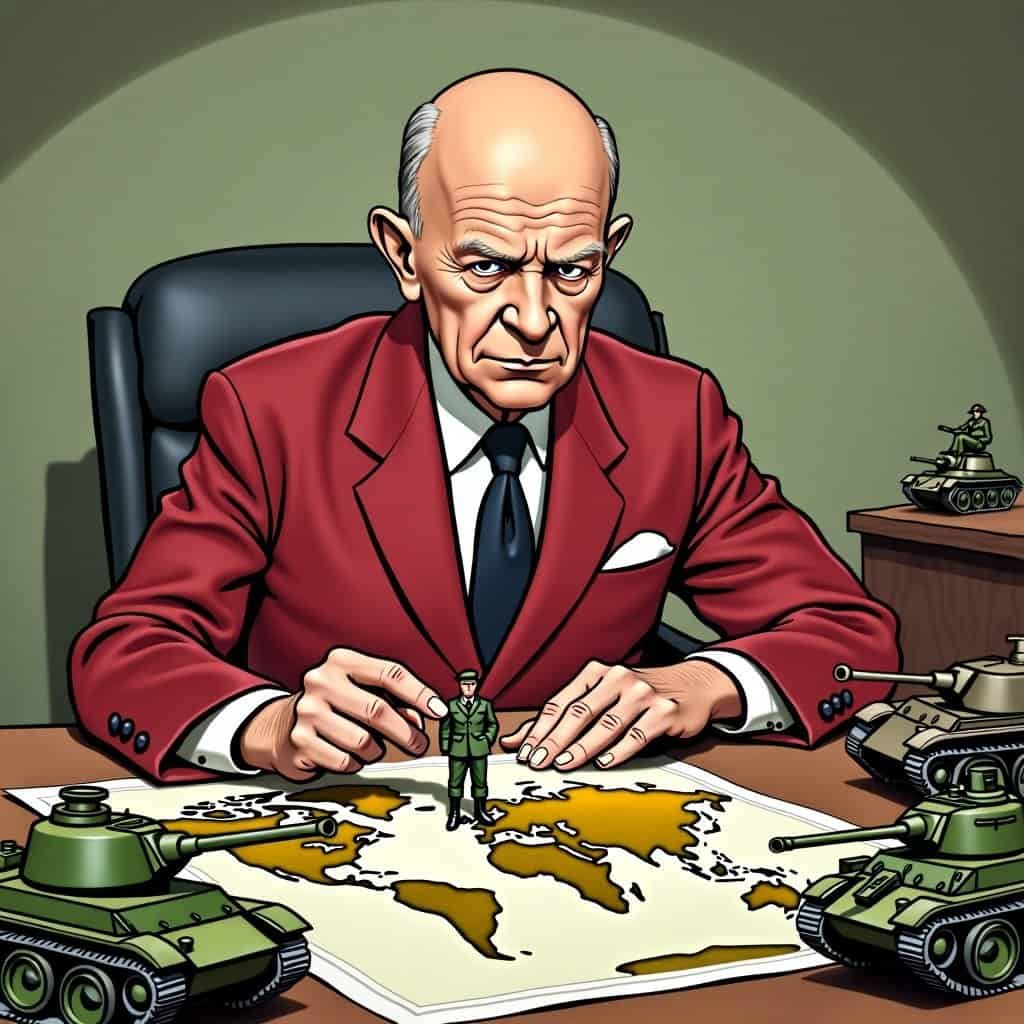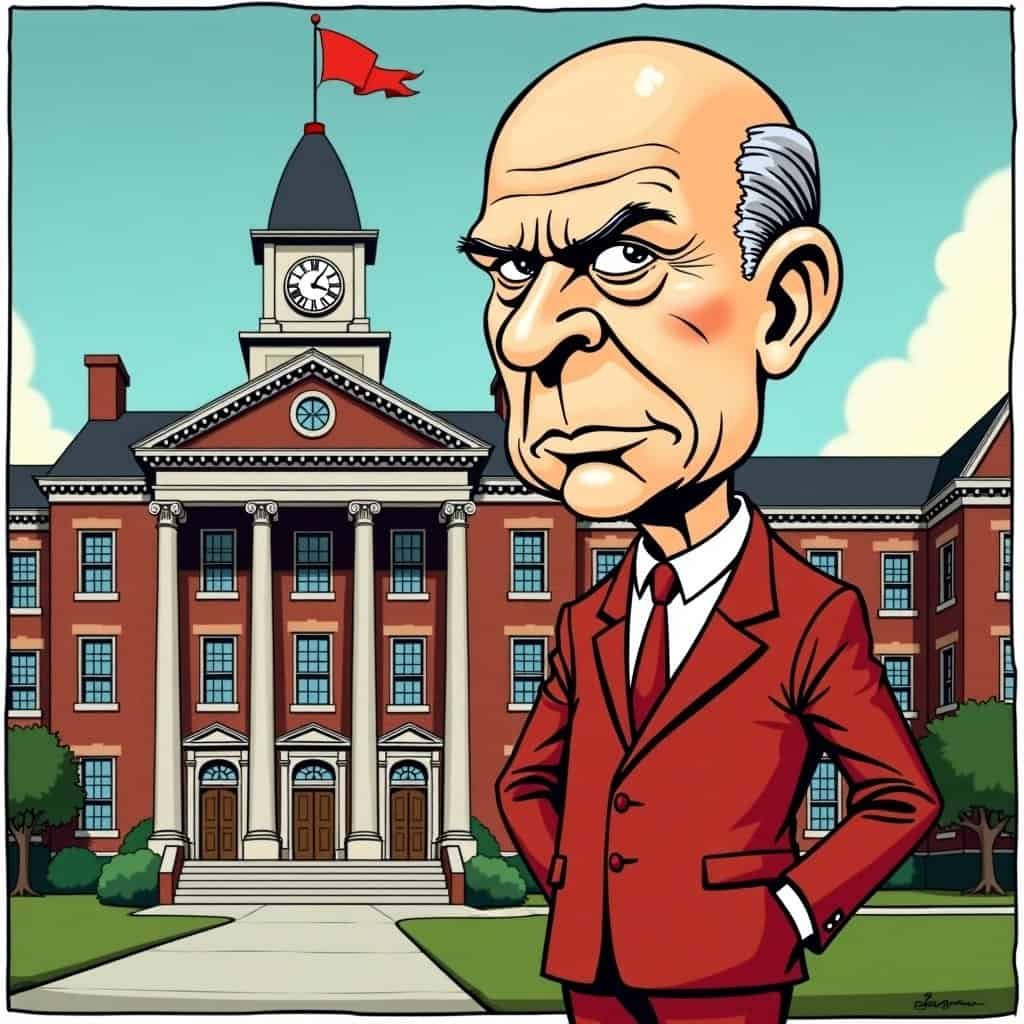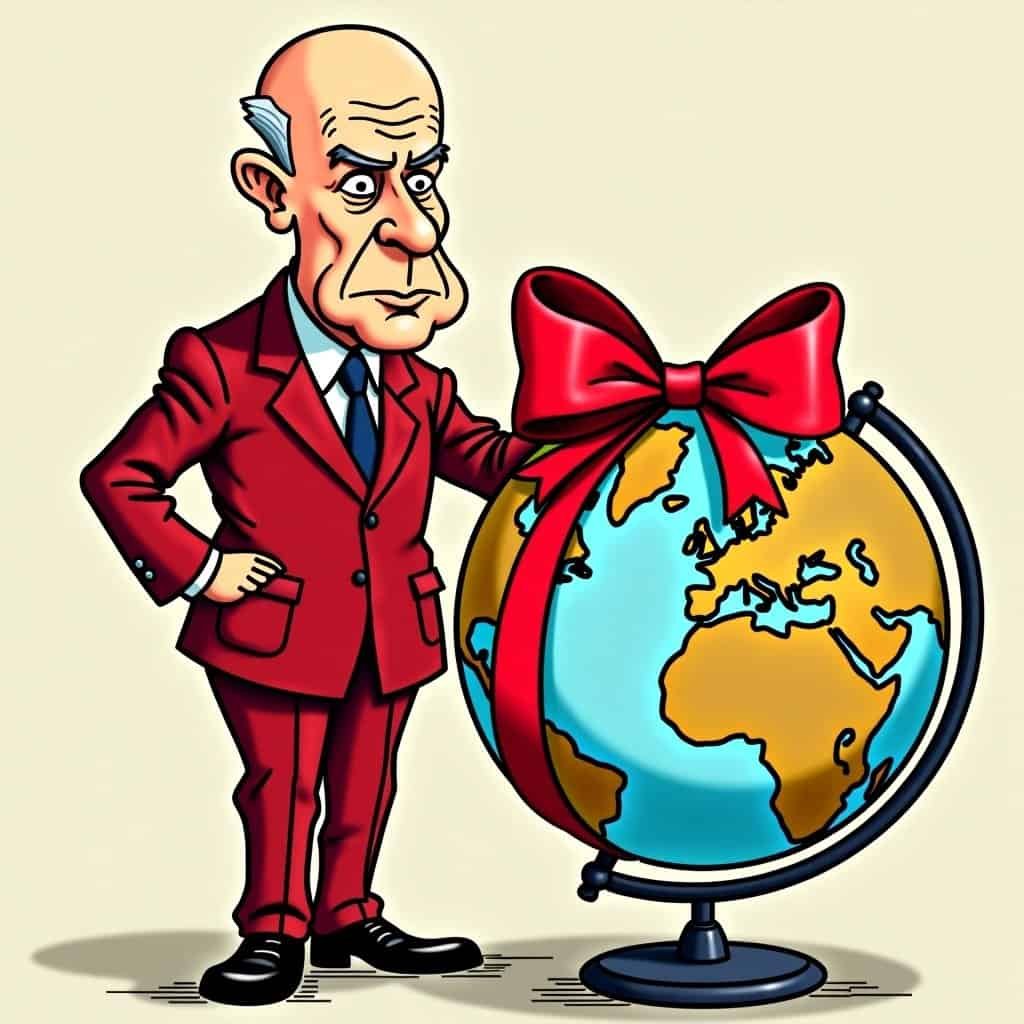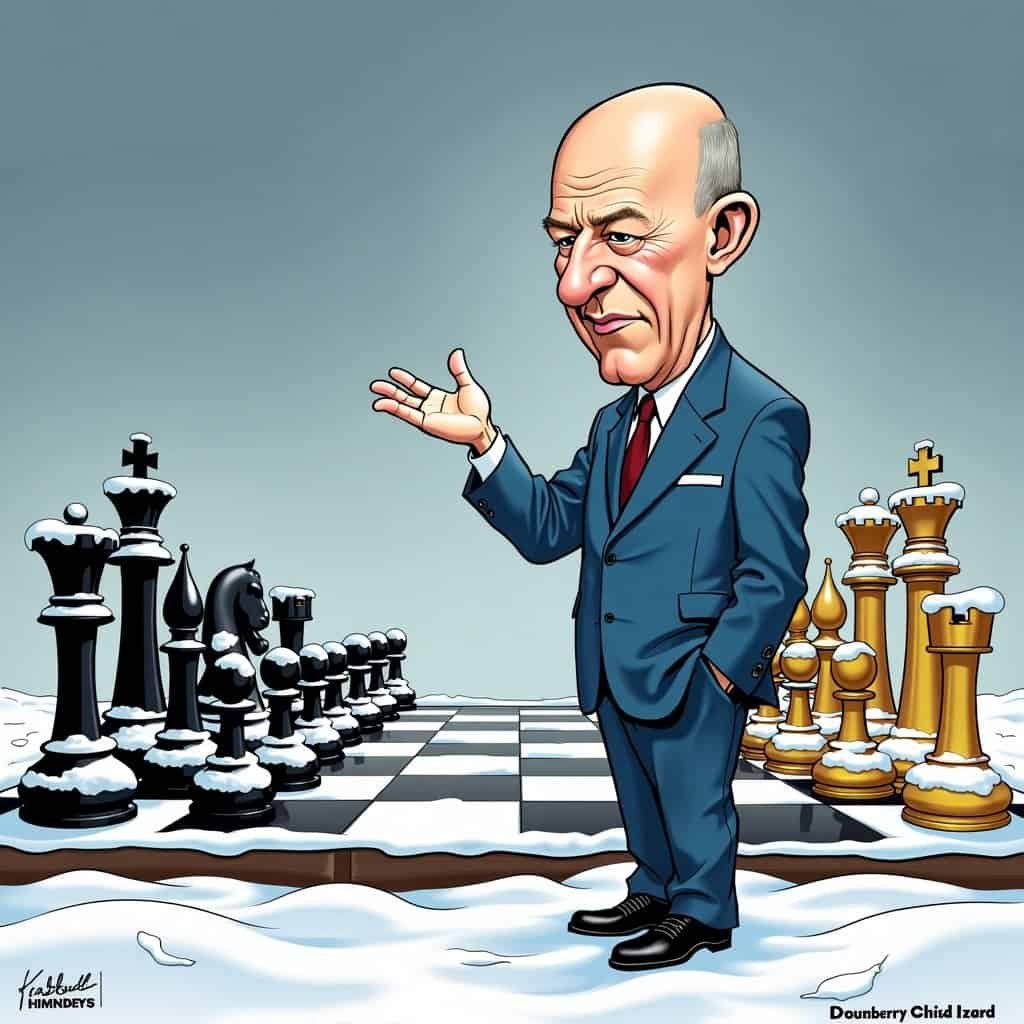Ah, 1958—an era when Dwight D. Eisenhower was calling the shots from the Oval Office, Elvis Presley was capturing hearts, and America was taking to the skies with unbridled enthusiasm. Who knew the wisdom of this golfing president would bring about a change so significant it would alter the flight path of the nation? Buckle up as we explore the ingenious thinking behind the Federal Aviation Act of 1958!
Imagine this: Eisenhower, possibly still riding the post-war high, noticed a classic free-market hiccup—air travel was soaring higher than my Aunt Petunia’s infamous soufflé, but safety and coordination were in a tailspin. Unlike some who might’ve thrown money at the problem, Ike, the iconic straight-shooting Republican, knew the government’s job wasn’t to micromanage the skies with frivolous rules but to enable them to operate more safely and efficiently.
While some might’ve been spinning a complicated web of regulations, Ike had a different vision for the friendly skies. The answer was as clear as a cloudless day: a thorough approach to oversee safety and sustainability in air travel without clipping the wings of the free enterprise system! Enter the Federal Aviation Act of 1958, like a pair of winged cowboy boots ready to strut all over inefficiency.
Eisenhower’s Vision for American Aviation
Looking back at the America of yesteryear, Eisenhower launched the Federal Aviation Agency, which grew into today’s well-known FAA. This is where the genius of conservative thinking shines brighter than the sun glinting off a freshly waxed Cadillac. Eisenhower believed in a measured approach to progress—just enough to ensure safety without squashing the spirit of innovation or free-market competition.
Key Principles of the Federal Aviation Act of 1958
- ✈️ Balanced oversight without stifling innovation
- 🛫 Promotion of air safety and efficiency
- 🏢 Creation of the Federal Aviation Agency (later FAA)
- 💼 Support for free-market competitiveness
- 🇺🇸 Limited yet effective government involvement
Your average big-government fan might’ve ignored the economic winds of change and buried the aviation industry under a mountain of taxes and suffocating rules, but not Eisenhower! He recognized that American aviation was a shining example of capitalism’s ability to reach new heights—or glide gently, if you’re picturing certain politicians trying to keep things aloft with hot air alone.
Here’s a quick fact: The government was given a co-pilot’s seat to promote safer skies without weighing down every flight with unnecessary bureaucracy. Eisenhower’s administration had a knack for finding that sweet spot between government oversight and private sector innovation—like a perfectly cooked steak, neither overdone nor underdone, but just right.
The Conservative Approach to Aviation Regulation
Conservative values always aim high without the spectacular crash-and-burn of bloated bureaucracies. Sure, it was a pilot’s license for Uncle Sam, but hardly a seat in the captain’s chair. Compare this fiscal common sense to those who never met a regulation they didn’t like and wouldn’t hesitate to turn the entire sky into a no-fly zone without government approval for every gust of wind.
Impact of the Federal Aviation Act
| Aspect | Before Act | After Act |
|---|---|---|
| Safety Oversight | Fragmented | Unified |
| Air Traffic Control | Inconsistent | Standardized |
| Industry Growth | Rapid but Risky | Sustainable |
| Government Role | Minimal | Balanced |
As Eisenhower plotted a course of streamlined efficiency and safety in aviation, it’s worth pondering for a moment. Back then, tackling the vast blue yonder didn’t mean saying goodbye to future prosperity for uncertain promises. It proved that smart, limited federal involvement can allow industries to thrive while keeping people safe.
So next time someone brings up the Conservative impact on infrastructure, tip your hat to Eisenhower. His Federal Aviation Act of 1958 wasn’t about expanding government; it was about smarter government—an achievement both Republicans and their left-leaning counterparts could admire, quite literally, from the ground up.
